

Reflective glass, also known as one-way mirror glass or mirrored glass, is a high-performance glass featuring a thin coating of metal (commonly silver) on one side of the glass surface. This unique structure provides the glass with a brilliant reflective or mirrored appearance, making it both functional and visually striking. It is widely utilized in architectural, automotive, and interior design applications, providing energy efficiency, privacy, and modern aesthetics.
HOT THICKNESS: 4mm, 5mm, 5.5mm, 6mm, 8mm, 10mm etc.
HOT SIZE: 3300*2140, 3660*2140, 3300*2250, 3660*2250, 3300*2440, 3660*2440, 1650*2140, 1650*2250, 1650*2440, 1830*2140, 1830*2440 etc.
Product Page: Reflective Glass
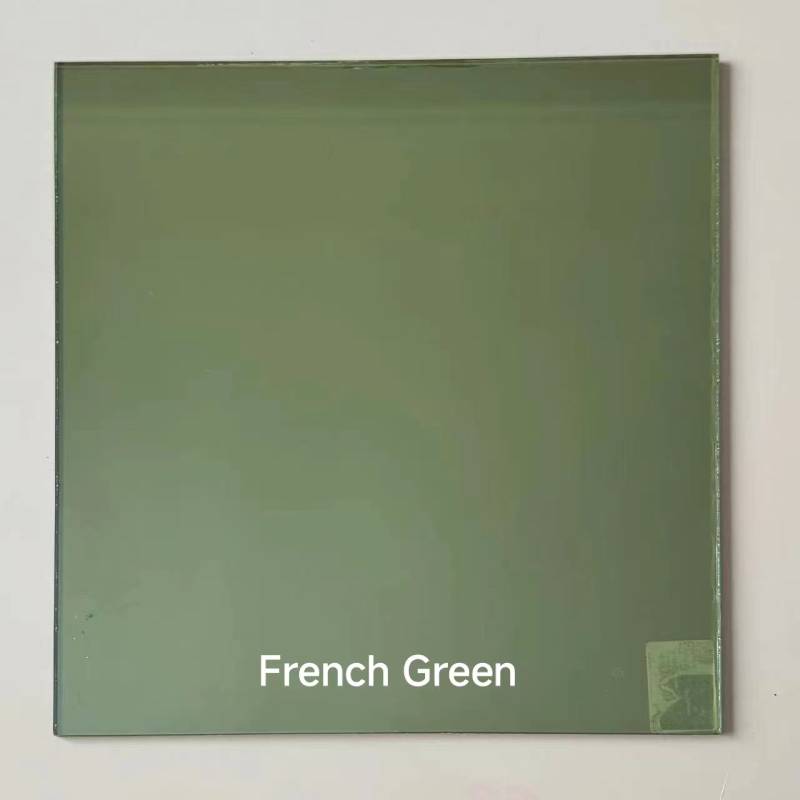
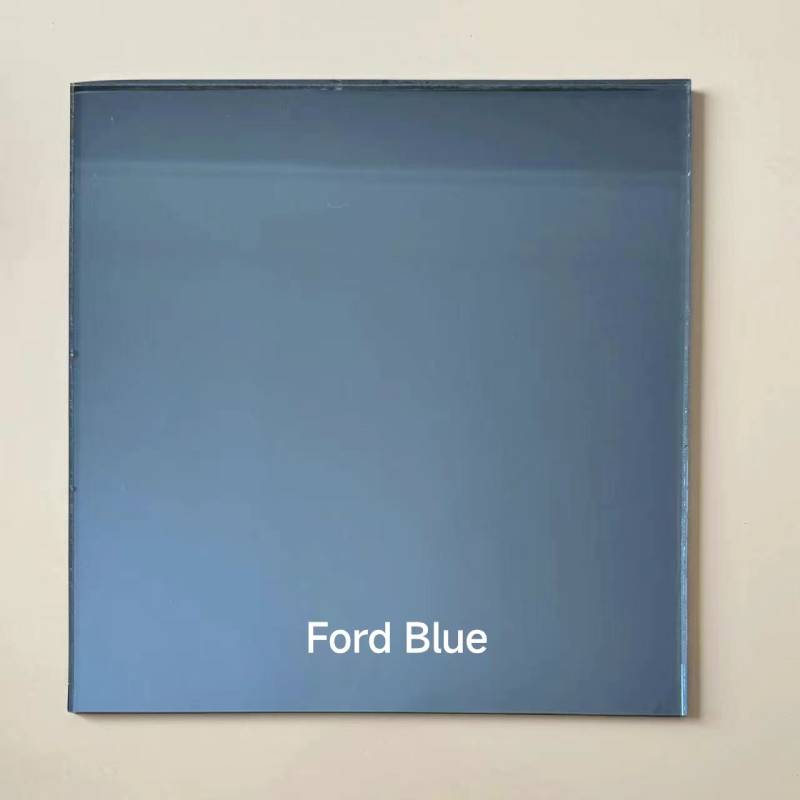
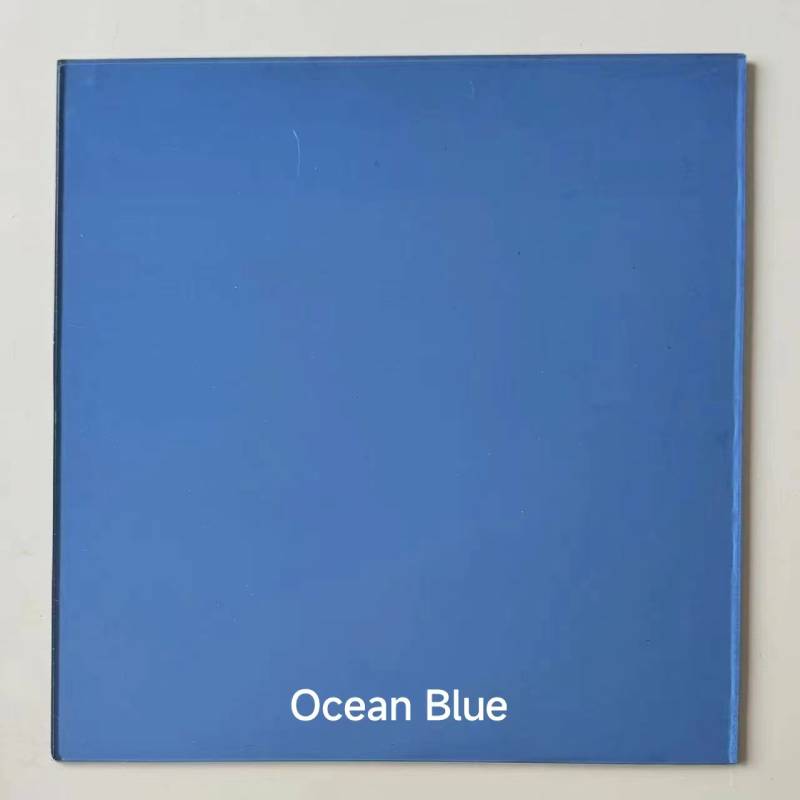
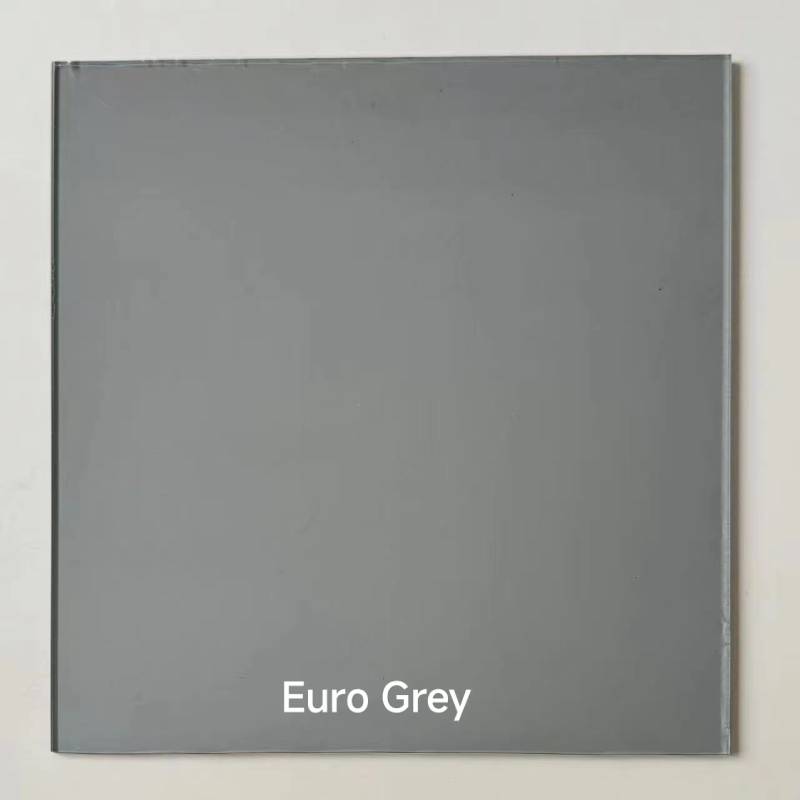
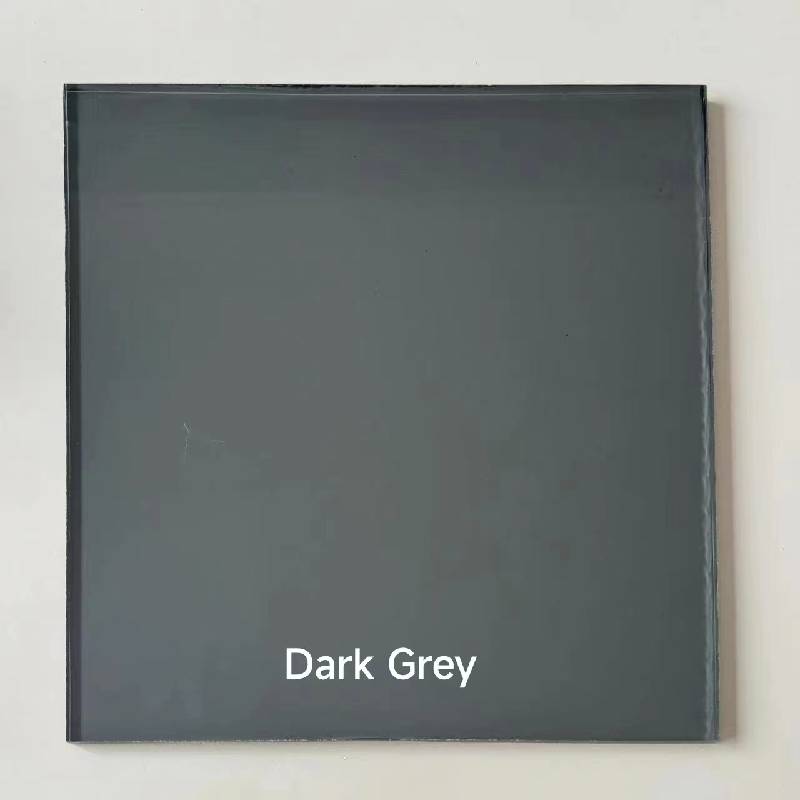
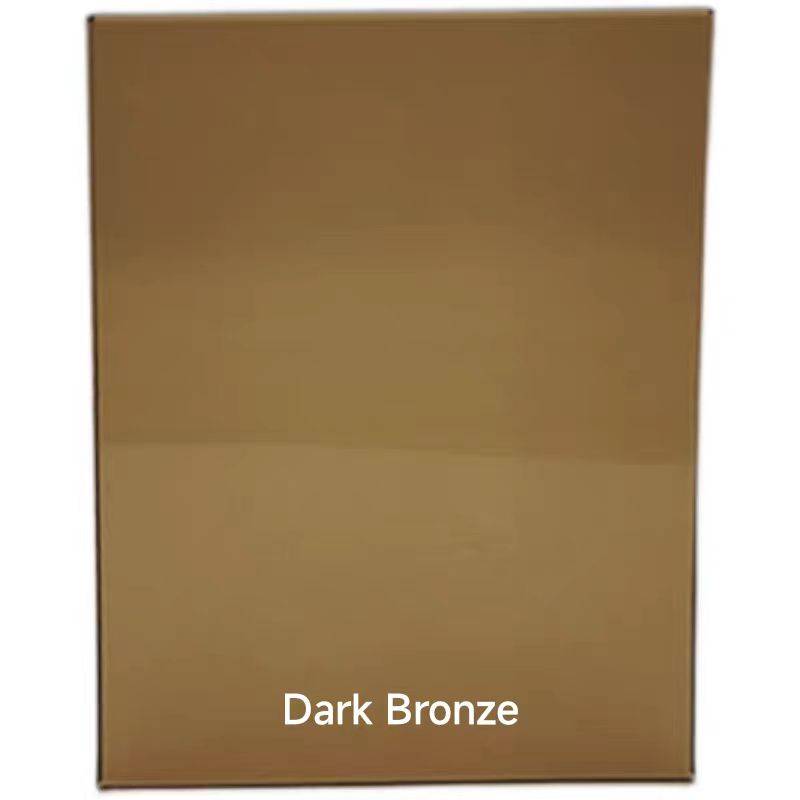
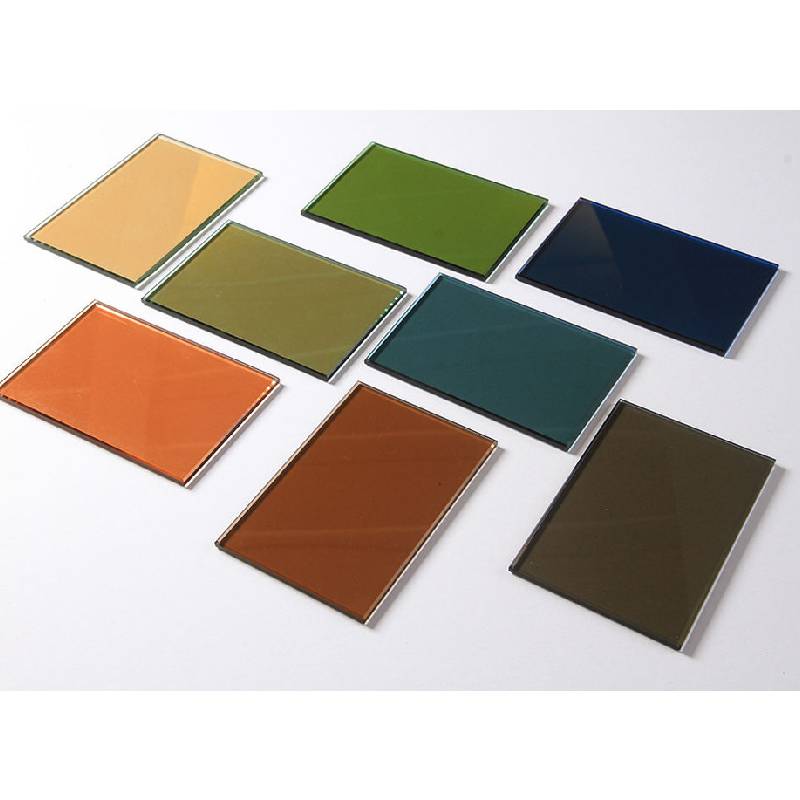

Reflective glass is a revolutionary architectural solution enabling designers to integrate beauty, privacy, and energy efficiency into modern constructions. By leveraging advanced metal coating technologies, glass reflective products allow one-way visual transmission while offering state-of-the-art solar control. The technology behind types of reflective glass is continuously evolving, providing architects and engineers with an ever-expanding palette of performance features, shades, and customization.
| Type | Main Feature | Light Transmittance (%) | Reflectance (%) | Solar Factor (G-Value) | Coating Material | Suitable Application |
|---|---|---|---|---|---|---|
| Fully Reflective Glass | Maximum mirror effect, high daylight reflection | 8-18 | 25-50 | 0.14-0.24 | Silver, Aluminum | Facade, Security, Privacy Rooms |
| Semi Reflective Glass | Balanced reflectance and light transmission | 22-35 | 18-30 | 0.22-0.32 | Silver, Titanium Oxide | Shopping Malls, Commercial Towers |
| Non Glare Glass | Anti-reflection, higher transparency | 75-85 | 5-12 | 0.75-0.82 | Magnesium Fluoride | Displays, Museums, Showrooms |
| Tinted Reflective Glass | Tinted for solar control and stylish look | 10-38 | 13-29 | 0.12-0.34 | Various Metal Oxides | High-rise Buildings, Skylights |
| Low-E (Low Emissivity) Reflective Glass | Enhanced IR/UV blockage & insulation | 18-32 | 15-23 | 0.22-0.36 | Silver, Zinc Oxide | Green Buildings, Energy Retrofit |
The demand and application of types of reflective glass are heavily propelled by three core global trends:
In addition, the adaptation of hybrid coatings, integration of smart switching technology, and digital printing has allowed reflective glass to expand well beyond traditional usage, maximizing efficiency as well as creative design potential.
Reflective glass covers a broad spectrum of applications across industry verticals, including:
| Property | Reflective Glass | Clear Float Glass | Low-E Glass |
|---|---|---|---|
| Visible Light Transmission (%) | 8-35 | 82-86 | 10-70 |
| Exterior Reflectance (%) | 15-50 | 7-9 | 12-25 |
| Solar Factor (G-Value) | 0.14-0.36 | 0.81 | 0.25-0.45 |
| U-value (W/m²K) | 3.6-5.1 | 5.6 | 1.2-2.4 |
| Thickness (mm) | 4–10+ | 4–19 | 3–16 |
Choosing the most appropriate types of reflective glass depends on a blend of architectural priorities, energy requirements, and budget. Shahe Top Glass CO.,LTD. advises considering: